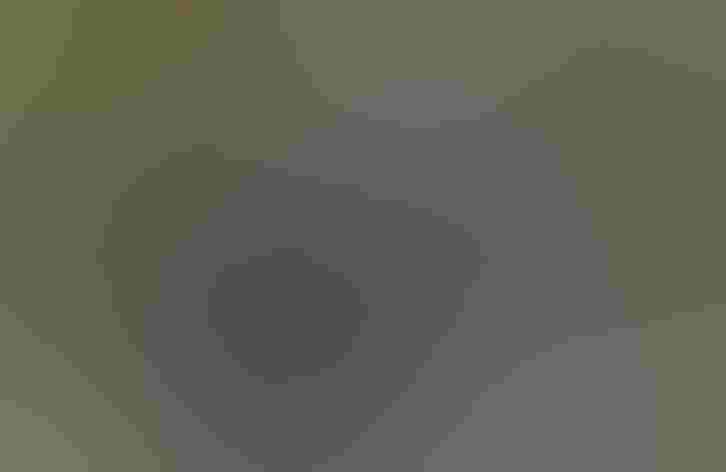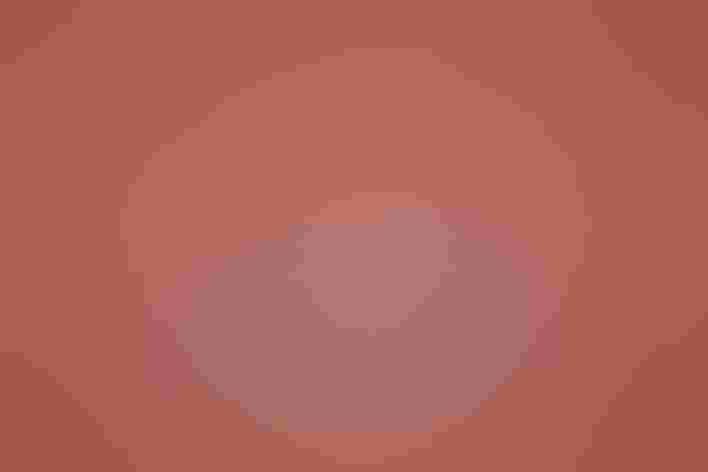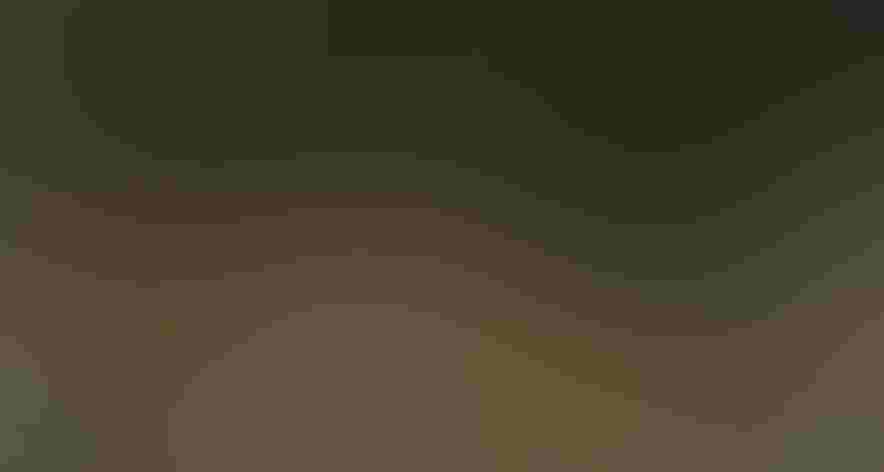Pied-billed Grebe
At a Glance
The most widespread grebe in the New World, and the most familiar in most temperate parts of North America. Far less sociable than most grebes, almost never in flocks, sometimes found singly on small marshy ponds. When disturbed or suspicious, it may sink slowly until only head is above water. Rarely seen in flight. Often secretive in the breeding season, hiding in marsh, making bizarre whinnying, gobbling, cooing noises by day or night.
All bird guide text and rangemaps adapted from Lives of North American Birds by Kenn Kaufman© 1996, used by permission of Houghton Mifflin Harcourt Publishing Company. All rights reserved.
Category
Duck-like Birds, Grebes
IUCN Status
Least Concern
Habitat
Coasts and Shorelines, Freshwater Wetlands, Lakes, Ponds, and Rivers, Saltwater Wetlands
Region
Alaska and The North, California, Eastern Canada, Florida, Great Lakes, Mid Atlantic, New England, Northwest, Plains, Rocky Mountains, Southeast, Southwest, Texas, Western Canada
Behavior
Direct Flight, Rapid Wingbeats, Swimming
Population
3.100.000
Range & Identification
Migration & Range Maps
Southern populations may be permanently resident, northern ones strongly migratory. Apparently migrates mostly at night. Migration relatively late in fall, early in spring.
Description
12-15" (30-38 cm). Compact and short-necked, with thick bill. In breeding season, bill is white with black ring ("pied"); at other seasons, bill is dull and pale. Brownish overall, with rusty tinge in winter, black throat in summer.
Size
About the size of a Crow, About the size of a Robin
Color
Black, Brown, White
Wing Shape
Tapered
Tail Shape
Short
Songs and Calls
A series of hollow cuckoo-like notes, cow-cow-cow-cow, cow, cow, cowp, cowp, cowp, that slows down at the end; various clucking sounds.
Call Pattern
Flat
Call Type
Hoot, Scream, Yodel
Habitat
Ponds, lakes, marshes; in winter, also salt bays. In breeding season, chooses sites with heavy marsh vegetation but with some open water also. In migration and winter, still most likely on marshy freshwater ponds, but also on more open waters, including estuaries and coastal bays.
Sign up for Audubon's newsletter to learn more about birds like the Pied-billed Grebe
Behavior
Eggs
4-7, rarely 2-10. Pale bluish white, becoming stained brownish. Incubation by both sexes (female does more), about 23 days. Eggs are covered with nest material when incubating bird departs.
Young
Can swim soon after hatching. Young are fed by both parents, often ride on parents' backs when small; adults may swim underwater with young on back. Age at first flight not well known. One or 2 broods per year, possibly more in south.
Feeding Behavior
Forages by diving from surface and swimming underwater, propelled mainly by feet.
Diet
Insects, fish, other aquatic life. Diet highly variable with location and season; probably eats most small aquatic creatures in its habitat. Major food items include aquatic insects, crustaceans, small fish, leeches; also eats mollusks, frogs, tadpoles, salamanders, spiders, small amounts of aquatic plants. Like other grebes, swallows many feathers, and feeds feathers to its young.
Nesting
Where climate allows, may have a long breeding season, from early spring to mid-autumn. Courtship displays less ritualized than in most grebes, involving much calling, sometimes in duet. Nest: Site is in shallow water in marsh, next to opening so that birds can approach nest underwater. Nest (built by both sexes) a dense mass of plant material, floating or built up from bottom, anchored to standing vegetation.
Conservation
Conservation Status
Still common and widespread, but surveys show declines in recent decades.
Climate Threats Facing the Pied-billed Grebe
Choose a temperature scenario below to see which threats will affect this species as warming increases. The same climate change-driven threats that put birds at risk will affect other wildlife and people, too.













